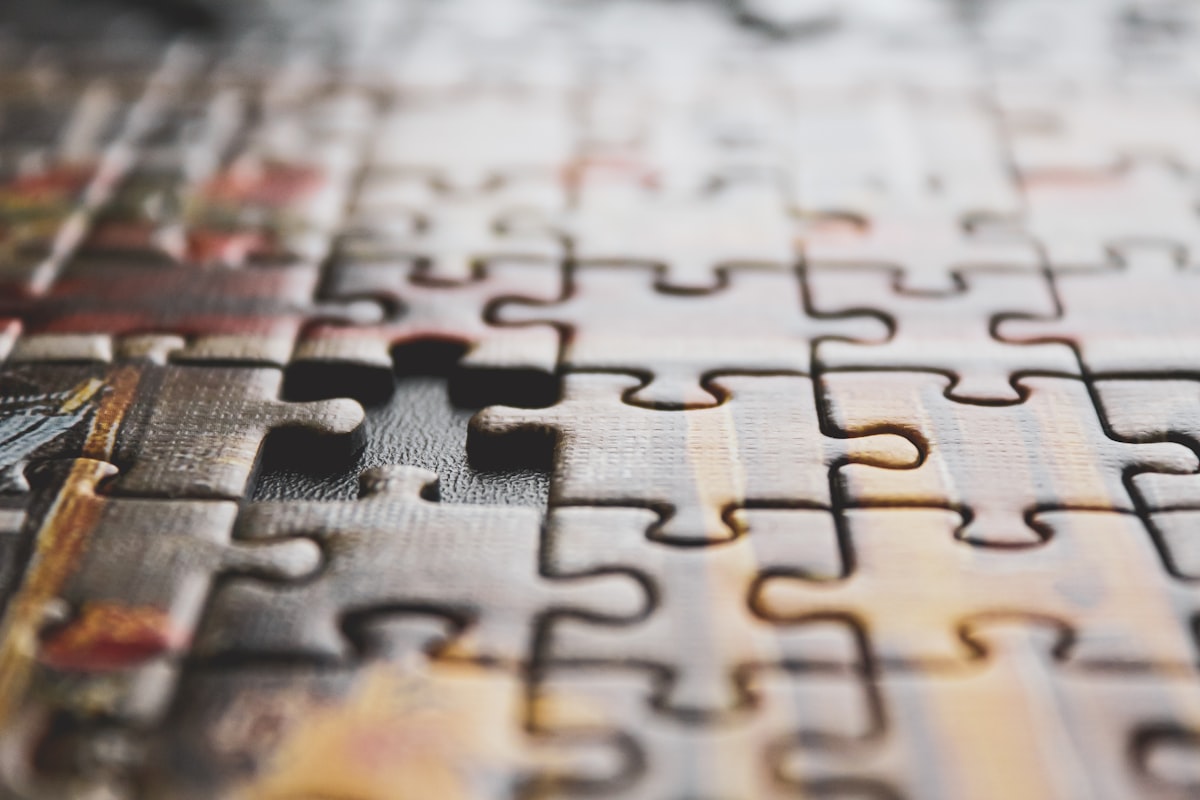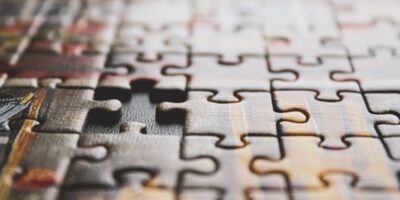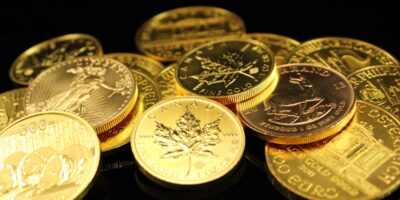Valuable Quarters After 2000

Many collectors and enthusiasts are interested in coins that have been produced in recent years. Quarters minted after 2000 are an area of growing interest. While most quarters minted in modern times have the same face value, some can be surprisingly valuable due to various factors.
State Quarters Series (1999-2008)
The United States Mint began the State Quarters series in 1999, continuing through 2008. Each quarter represented one of the 50 states, with unique designs on the reverse. This program captured the interest of many Americans and increased coin collecting popularity. While most state quarters hold nominal value, specific rare cases can be particularly valuable.
One such example is an error coin known as the Mule quarter. These are quarters that were incorrectly stamped with a different denomination’s obverse, like a Sacagawea dollar with a state quarter reverse. These errors command a high premium due to their rarity.
Another example includes quarters with double denomination errors or those with missing layers. Collectors should also look for proof coins or high-grade specimens, which receive top prices.
Territory Quarters (2009)
In 2009, the U.S. Mint produced quarters for six territories, including Puerto Rico and Guam. These coins continued the popularity trend established by the State Quarters series. While generally not as valuable as some errors from earlier years, coins struck with specific minting errors can become quite valuable. Misstruck quarters, especially those exhibiting significant duplication or anomalies, have gained attention from collectors looking for unique pieces.
America the Beautiful Quarters (2010-2021)
The America the Beautiful Quarters program circulated from 2010 to 2021, celebrating national parks and historic sites across the United States. Each design featured a new site and, like previous programs, saw mass production. Nonetheless, certain coins stand out due to their condition or minting errors.
- Double Die Errors: As with many coins, a double die error can increase a quarter’s value significantly.
- Transitional Errors: Quarters minted at the transition from one year’s design to another can have errors. These often attract collector interest.
- Condition and Mint Mark: Quarters in pristine condition or rare mint mark combinations can also be sought after.
2021 Crossing the Delaware Quarter
The final design in the quarter series produced after the state and national park quarters returned to depicting George Washington’s crossing of the Delaware. Some 2021 editions of this quarter gained attention for particular varieties or errors. Quarters with unique features such as a rare finish or a small batch production anomaly hold greater financial interest.
Evaluating Quarter Value
Connoisseurs should use several criteria when evaluating their finds. Firstly, error coins often derive value from their rarity and uniqueness. Common errors include off-center strikes, die cracks, or misaligned dies. Coins in higher grades, often rated by third-party grading services, can fetch considerable prices compared to their lower-grade counterparts. Mint marks provide another vector for analysis: coins minted in location with fewer quarters produced can command higher prices.
Researching and Selling
Research is crucial in determining the potential value of a quarter. Studying auction records, coin guides, and historical data aids significantly. Selling can be done via auction houses specializing in numismatics or through direct sales to collectors. Online platforms provide vast markets but also require careful navigation to avoid potential pitfalls.
Conclusion
Understanding the value of quarters minted after 2000 encompasses looking at special series, errors, and condition. With diligent research and a bit of luck, collectors can uncover pieces that are not only monetarily valuable but also hold a piece of modern numismatic history. Emphasizing condition and rarity serves any collector seeking quarters with added value beyond their face denomination.
Recommended Collecting Supplies
Coin Collection Book Holder Album – $9.99
312 pockets for coins of all sizes.
20x Magnifier Jewelry Loupe – $13.99
Essential tool for examining coins and stamps.
As an Amazon Associate, we earn from qualifying purchases.




Subscribe for Updates
Get the latest articles delivered to your inbox.
We respect your privacy. Unsubscribe anytime.